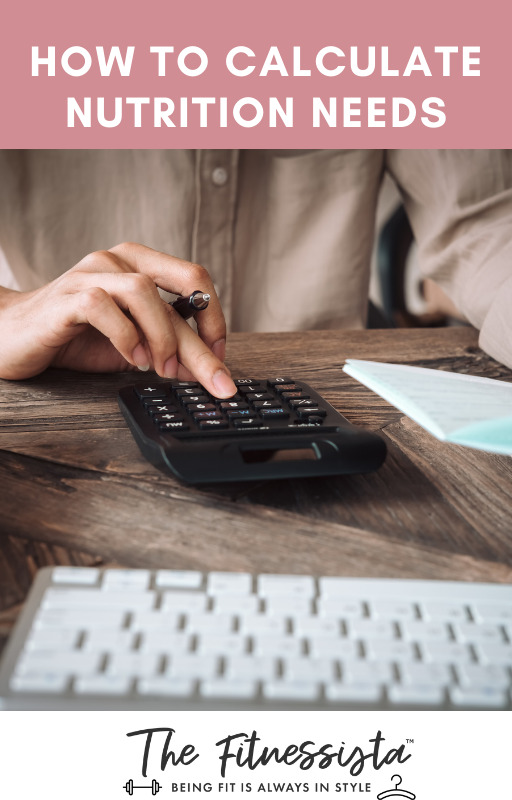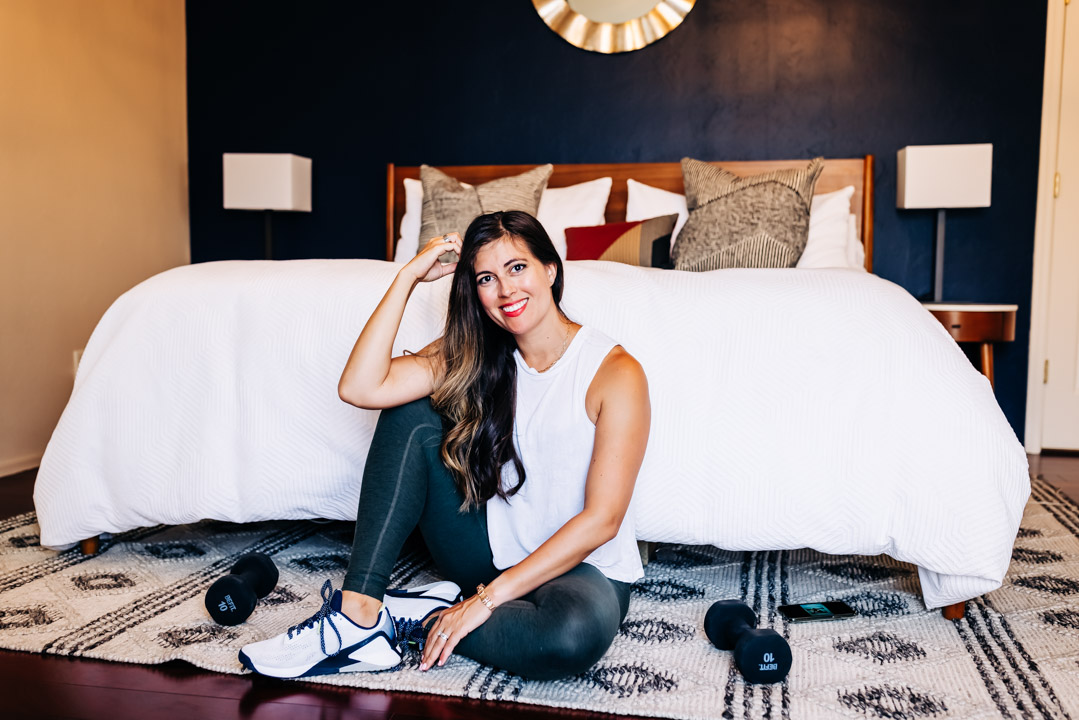Google how to calculate your own nutrition needs and the results will yield a plethora of online nutrition calculators. But how do you know which one to choose? Are they accurate? And then what happens? How do you apply this information to your own body? This post was written in collaboration with Mia, who is a Registered Dietitian on my team.
Nutrition calculators are EVERYWHERE online and it’s easy to receive macros and suggested caloric intake after answering a few questions. The problem is that these calculators are rarely accurate and don’t consider factors that can have a huge impact on how much and what types of fuel you should choose for your unique situation and health goals.
Online nutrition calculators fail to account for various factors, including:
Stress: mental, emotional, physical
Nutrition quality. How do you know you’re getting enough vitamin A, vitamin C, calcium, potassium and zinc?
How much NEAT (non exercise activity thermogenesis) are you getting? This is the amount of activity you get in each day just from house work, moving around, running your kids to practice, walking to dinner with your spouse, etc.
Nutrient deficiencies. Are you on birth control, pregnant, breastfeeding, are you currently injured or recovering from surgery or a medical procedure?
How long have you been in an energy deficit? Have you potentially decreased your metabolic baseline from over-exercising and under-fueling?
What is your environment like? EMF’s, mold, water quality, heavy metals, personal care products, plastics, chlorine, etc.

How to calculate nutrition needs
So, how can you customize your nutrition for your own needs?
Ideally, you want to work with a certified nutrition coach or Registered Dietitian (not a random person with a nice bod on Instagram). After a full assessment, they can objectively help you evaluate the above along with your personal biometrics and customize a perfect plan for you. Having a coach that can look at the entire picture will help you weed out the “shoulds” and noise from the general recommendations and create a plan tailored to you.
So what can you do in the meantime?
Generally speaking, if we are looking to optimize health and longevity, we want to ensure that our diets are meeting the following requirements:
Optimal protein intake, preferably from animal sources. Include a wide variety of grass fed, pasture raised meats (all cuts) like beef, turkey, pork, chicken and wild caught fish like salmon, snapper, shrimp, sardines, anchovies, oysters, etc.
Maximize protein at each meal, eating a palm to palm and a half full of protein of choice. If you aim for 3 meals and 2 snacks per day (pre/post workout) you can easily hit a minimum of 100g without tracking or weighing any food!
Include vitamin A rich foods such as grass fed beef liver, raw milk dairy, egg yolks, peppers, sweet potatoes and carrots.
Enjoy vitamin C rich foods such as peppers, kiwi, citrus, pineapple, acerola cherries, plums, etc.
![]()
Hi friends! Happy Monday and I hope you’re having a wonderful day. We’re finishing cleaning and organizing our closets (they were an epic mess lol) and enjoying the day with the crew.
For today’s post, I thought I would share some simple but powerful health tips from myself and Mia (a Registered Dietitian). It’s easy to think that changing your health requires a huge overhaul at once, but the beauty is in creating small habits and building from there. If you haven’t read Atomic Habits, I highly recommend it!! It explores the power of habit building and how to use small habits to make huge changes.

Here are some of the things that come to mind that you can use to build on over time. I’d love to hear if there’s anything else you’d add to the list!
10 tips you can use to transform your health
5 tips from Gina, a Precision Nutrition coach, NASM certified Personal Trainer and Women’s Fitness Specialist
1. Meditate
Meditation is one of the most powerful habits I’ve added to my personal health routine. When I meditate, it immediately affects how I feel on a mental level (more calm, patient, less anxious, more present) and it also affects my blood glucose when I’m wearing a CGM. The days that I meditate, I notice that I sleep much better that night and have vivid dreams. If you’re not sure how to start a meditation practice, check out this podcast episode.

2. Hydrate yourself throughout the day.
Even better? Sip on some LMNT electrolytes or another electrolyte you love. Hydration affects so many processes in the body, from digestion, skin tone, immune function, hormones, satiety, etc. I like to aim for at least half my body weight in ounces, and definitely have one serving of electrolytes each day, especially when it’s hot outside or I’ve had a longer or more intense workout.
3. Swap out frequent high-intensity exercise for low-impact or lower intensity options.
If you’re currently doing lots of high impact and high intensity workouts, assess your routine and make sure that you have some lower intensity days and at least 1-2 days completely off each week. After a certain point, you will experience diminishing returns with super intense workouts, usually through hormonal issues (exercise is a stressor for the body and it really comes down to how we recover from exercise!), and potentially overtraining symptoms or overuse injuries. If you’re not sure how to balance your workout plan, join us for Fit Team Read more